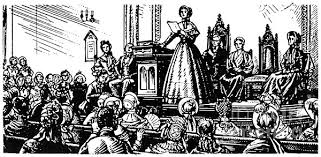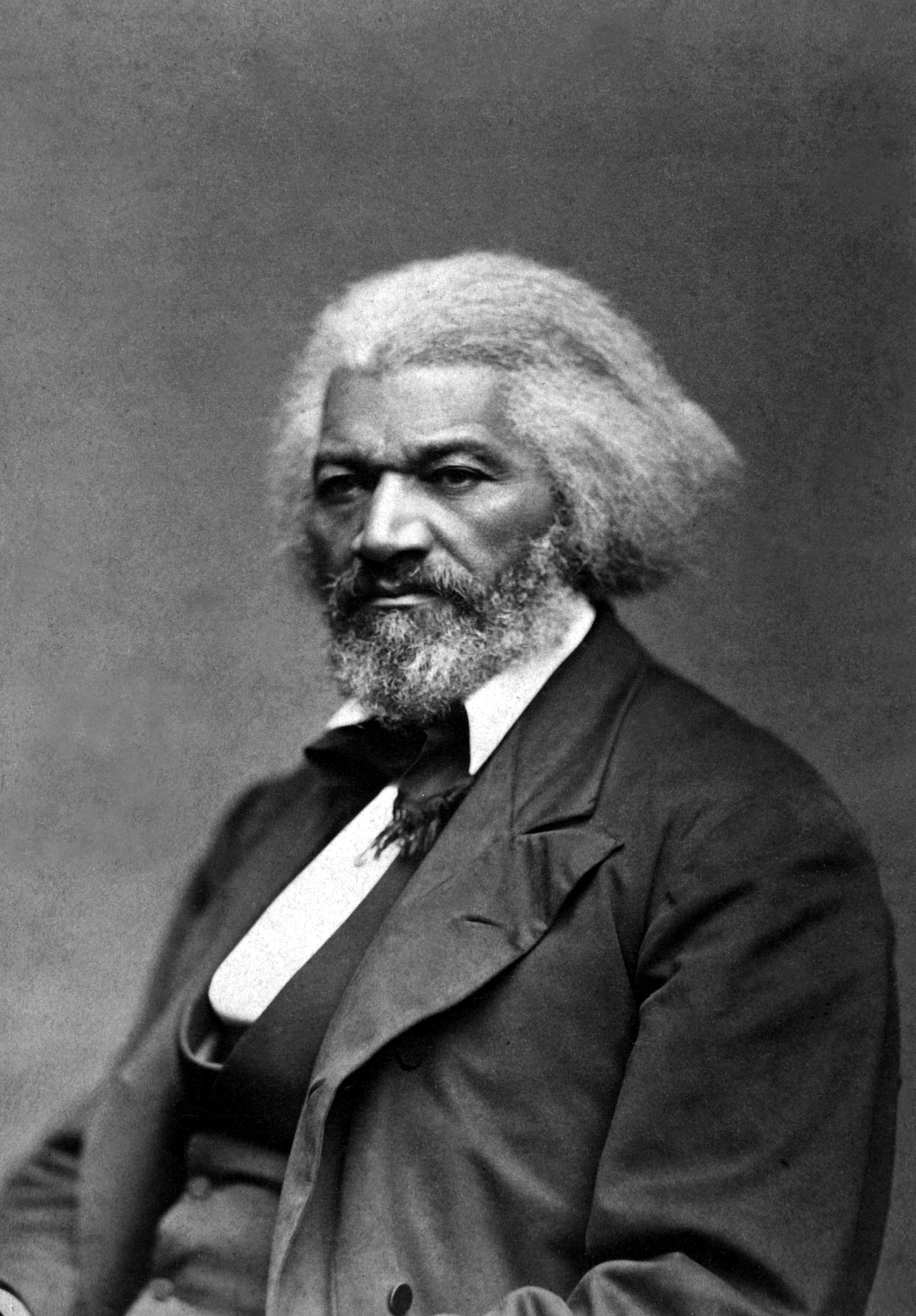Jillian Holbrook
AP US History 🇺🇸
454 resourcesSee Units
Temperance
The American Temperance Society was established in 1826 to combat the drinking problems of men. It called for total abstinence from alcohol, and the effects showed the success of this movement. Within two decades, the consumption of alcohol dropped by more than half.
Temperance was a social and political movement that was largely driven by religious and moral concerns about the effects of alcohol on individuals and society. Proponents of the temperance movement argued that alcohol consumption led to a range of social ills, including poverty, crime, domestic violence, and disease, and they advocated for a variety of measures to reduce or eliminate the consumption of alcohol.
Mental Health and Prison Reform
Dorothea Dix was an American social reformer, teacher, writer, and activist who worked to improve the treatment of the mentally ill during the 19th century. In the early 1840s, Dix was shocked by the conditions she saw in mental hospitals, which were often overcrowded, filthy, and abusive, and she began to advocate for reform. Dix traveled extensively throughout the United States and Europe on a cross-country crusade, gathering evidence and raising awareness about the mistreatment of the mentally ill. She used this evidence to lobby state legislatures for the establishment of more humane mental hospitals, and she was successful in helping to establish 32 new facilities throughout the United States and Canada.

Dorothea Dix, Image Courtesy of Wikimedia
Pennsylvania took the lead in prison reform, building new prisons called penitentiaries to take the place of crude jails. One of the key figures in Pennsylvania's prison reform movement was Benjamin Rush, a prominent physician and social reformer. Rush argued that the harsh and inhumane conditions in prisons were counterproductive, and he advocated for a more humane approach to punishment as a method of reducing recidivism. He argued that prisoners should be treated with kindness and given the opportunity to reform and rehabilitate themselves. Prison reform reflected a major doctrine of the asylum movement: structure and discipline would bring about moral reform.
Public Schools
Horace Mann focused on the education of children and is often credited as the "father of American public education." He demanded compulsory attendance, a longer school year, and more teacher preparation, arguing that the government had a responsibility to provide education to all citizens regardless of their social or economic standing. Public schools received funding from the government through tax-dollar support.
People saw public schools as a way to decrease the uneducated population, assimilate child immigrants, and implement social progress. Part of this vision included indoctrinating children with morals.
Textbooks created by William Holmes McGuffey became widely used in elementary schools to standardize curriculum. The morals within these textbooks allowed children to learn about important values.
Textbooks created by William Holmes McGuffey became widely used in elementary schools to standardize curriculum. The morals within these textbooks allowed children to learn about important values.
Women’s Rights
Elizabeth Cady Stanton and Lucretia Mott led the Seneca Falls Convention on women’s rights in 1848. During the convention, attended by both men and women, a series of speeches and discussions were held on a wide range of issues related to women's rights, including suffrage (the right to vote), property rights, education, and employment. The convention also adopted a new document called the "Declaration of Sentiments," which was modeled on the Declaration of Independence and outlined the grievances of women and their demands for equal rights and opportunities.

Image Courtesy of Represent Women
Some colleges, such as Mount Holyoke College, allowed women to be admitted. It would be the first time women would have access to further education.
Abolition
The Second Great Awakening was marked by a renewed focus on personal piety and a belief in the power of individual conversion. This emphasis on personal responsibility and moral reform led many people to become more committed to social justice causes, including the abolition of slavery.
During the Second Great Awakening, many religious leaders and ordinary people became involved in the abolition movement, and the movement drew inspiration and support from the ideas and values of the Awakening. Many abolitionists saw the institution of slavery as a sin and a violation of Christian principles, and they argued that it was the duty of Christians to work to end the institution.
Religious revivals that took place during the Awakening were held in camp meetings and other outdoor gatherings, which provided a forum for discussion and activism. These gatherings were often attended by large numbers of people, including many who were sympathetic to the abolition cause, and they provided a platform for abolitionists to spread their message and recruit supporters.
American Colonization Society
The American Colonization Society (ACS) was a group founded in 1816 with the goal of relocating free African Americans from the United States to the West African coast, particularly to a settlement in Monrovia, Liberia. The ACS was motivated by a belief that free African Americans would be better able to thrive in Africa than in the United States, where they faced significant discrimination and segregation. Moreover, they believed that emigration to Africa would help reduce racial tensions and promote harmony.
However, the ACS faced significant challenges in its efforts to relocate African Americans to Africa. Many African Americans were unwilling to leave the United States, and the ACS struggled to find funding and support for its efforts, which made the movement impractical.
American Anti-Slavery Society
Image Courtesy of Wikimedia
William Lloyd Garrison started an abolitionist newspaper, The Liberator, calling for an end to slavery and for free states to secede from the slave states. The newspaper was widely read and had a significant impact on public opinion, making it a notable platform for Garrison and other abolitionists to promote their ideas and mobilize support for their cause. Because the Constitution supported slavery. Garrison burned a copy on the Fourth of July.
In addition to journalistic endeavors, William Lloyd Garrison went on to found the American Anti-Slavery Society (AAS). The AAS worked to build support for the abolition of slavery through a variety of means, including public lectures, publications, grassroots organizing, and a network of safe houses for slaves trying to escape to freedom. They used these tools to educate the public about the evils of slavery and to convince people to take action against the institution.
One of the key strategies of the AAS was to lobby politicians and lawmakers to pass legislation that would end slavery. The organization also worked to support abolitionist candidates for public office, and it sought to influence public opinion.
Frederick Douglass
Frederick Douglass had first-hand experience as a former slave. Douglass was a gifted orator and writer, and he used his skills to speak out against slavery and advocate for the rights of African Americans. He traveled extensively, giving lectures and organizing campaigns to promote the abolition of slavery and the end of racial prejudice, and he published several influential books and essays on the subjects. Douglass was a key member of the AAS.

Image Courtesy of Wikimedia
The Grimke Sisters
The Grimke sisters, despite being daughters of a wealthy Southern family in South Carolina, supported the abolition of slavery. Sarah and Angelina Grimke were among the first women to speak out publicly against slavery, and they were among the first to challenge the notion that women were not fit to participate in public life or engage in political activism. The sisters traveled throughout the North, giving lectures to audiences of both men and women. Additionally, they organized campaigns to promote the abolition of slavery, the rights of African Americans, and gender equality.
🎥 Watch: AP US History - Abolition and Other Reforms
Browse Study Guides By Unit
🌽Unit 1 – Interactions North America, 1491-1607
🦃Unit 2 – Colonial Society, 1607-1754
🔫Unit 3 – Conflict & American Independence, 1754-1800
🐎Unit 4 – American Expansion, 1800-1848
💣Unit 5 – Civil War & Reconstruction, 1848-1877
🚂Unit 6 – Industrialization & the Gilded Age, 1865-1898
🌎Unit 7 – Conflict in the Early 20th Century, 1890-1945
🥶Unit 8 – The Postwar Period & Cold War, 1945-1980
📲Unit 9 – Entering Into the 21st Century, 1980-Present
🚀Thematic Guides
🧐Multiple Choice Questions (MCQ)
📋Short Answer Questions (SAQ)
📝Long Essay Questions (LEQ)
📑Document Based Questions (DBQ)
📆Big Reviews: Finals & Exam Prep
✍️Exam Skills (MC, SAQ, LEQ, DBQ)

Fiveable
Resources
© 2023 Fiveable Inc. All rights reserved.